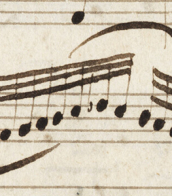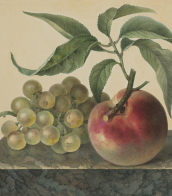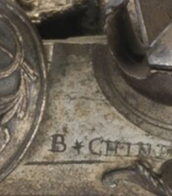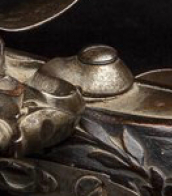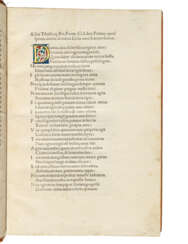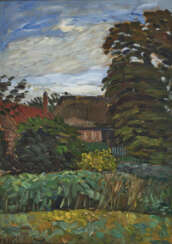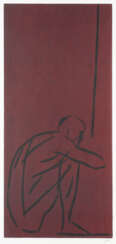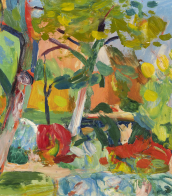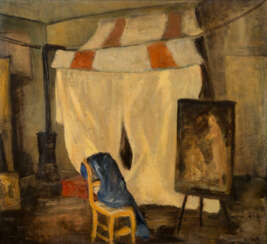mod 54
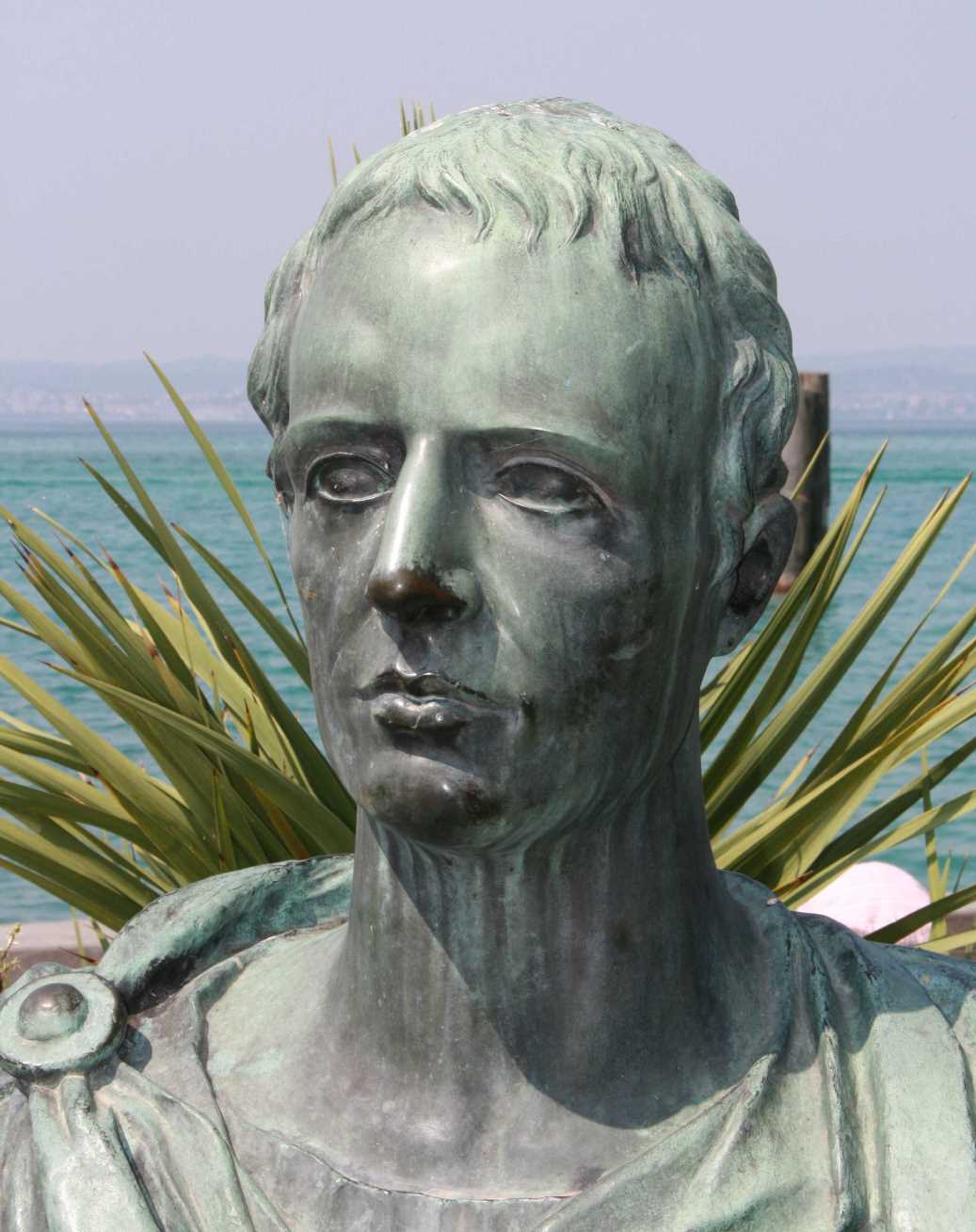
Gaius Valerius Catullus, often called Catullus, was a Roman poet whose statements on love and hate are considered the best lyrical poetry of ancient Rome.
Scholars have concluded from existing sources that Catullus was a contemporary of the statesmen Cicero, Pompey, and Caesar, whom he addresses in various ways in his poems. In 25 poems he speaks of his love for a woman he calls Lesbia. In other poems Catullus speaks sarcastically or contemptuously of Julius Caesar and other politicians.
Catullus' poems have been praised by modern poets, notably Ovid and Virgil.

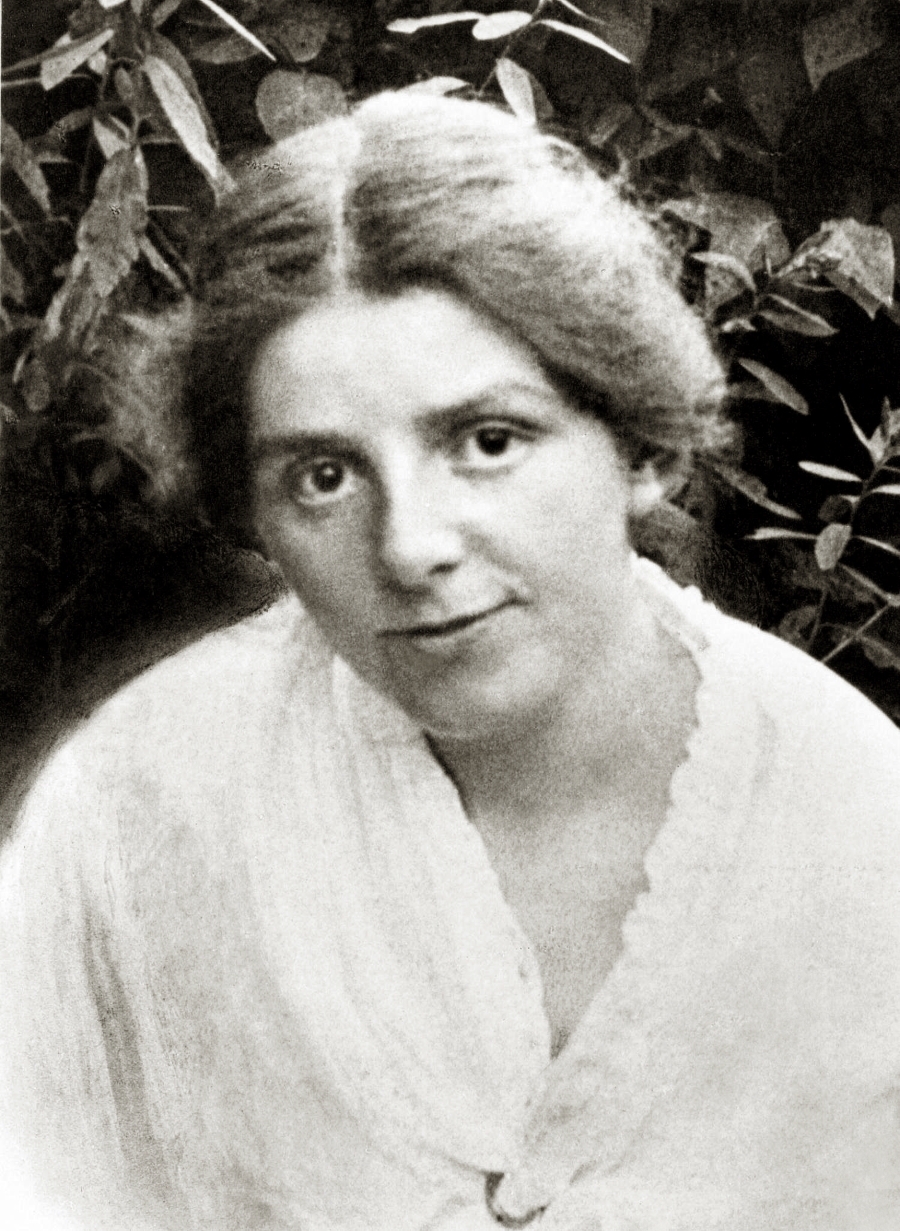
Paula Moderzohn-Becker was a German early expressionist painter.
In her youth she attended the traditional School for Women Artists in Berlin. Like many local German artists, she painted sentimental landscapes and scenes from peasant life.
And in 1900 Paula traveled with her husband to Paris, where she was influenced by post-Impressionist paintings and became an ardent enthusiast of painting by Paul Gauguin and Paul Cézanne. Today she is considered a forerunner of Expressionism because of the power of her compositions, although during her lifetime she was completely ignored. During her short career Moderzohn-Becker painted 750 canvases, about 1,000 drawings and 13 etchings, all of which incorporated the major art movements of the early 20th century.
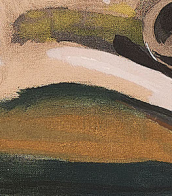
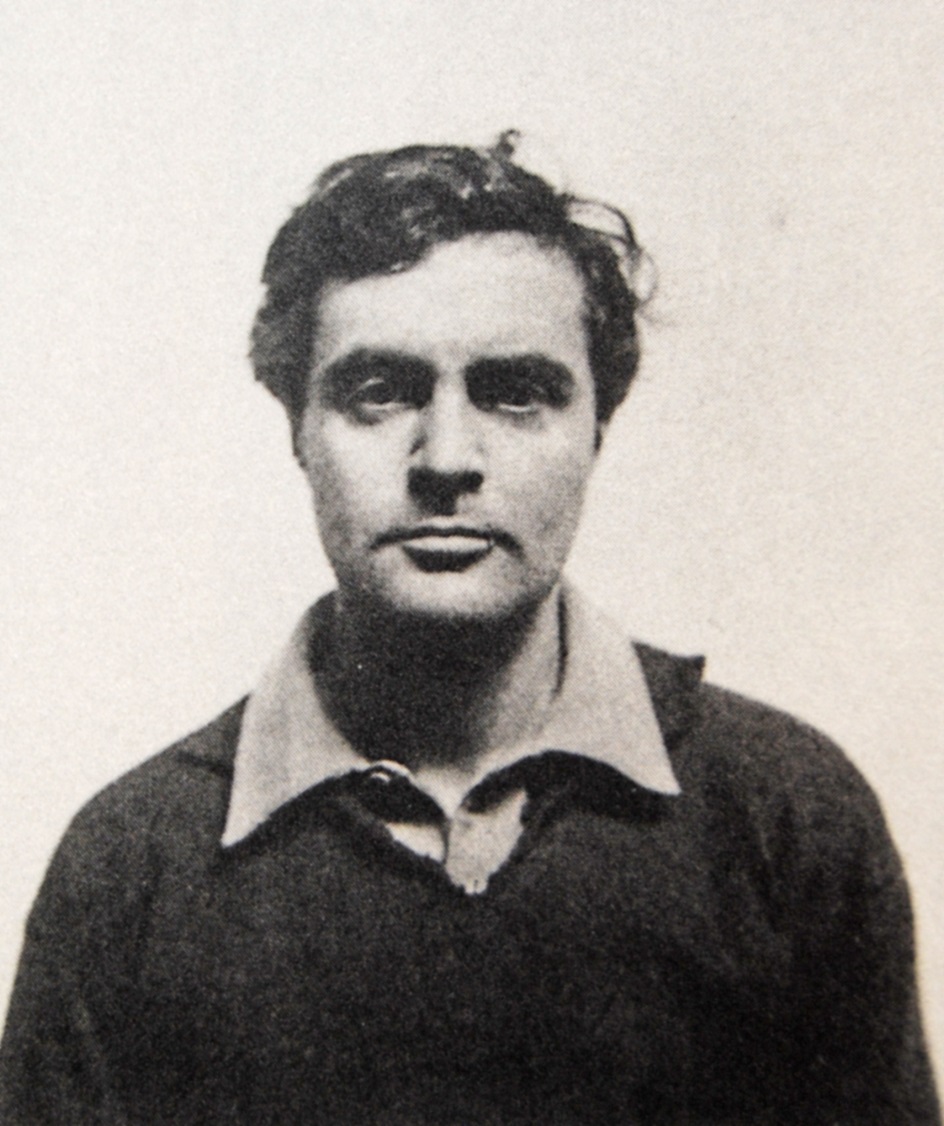
Amedeo Clemente Modigliani was an Italian painter and sculptor celebrated for his significant contributions to the School of Paris. Born into a Sephardic Jewish family in Livorno, Italy, on July 12, 1884, his upbringing in a culturally rich environment laid the foundation for his artistic pursuits. Despite facing health challenges from a young age, Modigliani's passion for art was evident, leading him to abandon traditional schooling in favor of artistic training. His early experiences with illness and his family's fluctuating fortunes deeply influenced his character and outlook on life.
In 1906, Modigliani moved to Paris, the epicenter of the avant-garde, where he mingled with iconic artists like Pablo Picasso and Constantin Brâncuși. This period was crucial for Modigliani as he sought to carve out a unique stylistic identity amid the burgeoning modern art scene. His work, characterized by elongated figures and faces, a modernist simplification of form, and a deeply expressive linearity, did not initially receive the recognition it deserved. Despite this, he remained committed to his art, producing an oeuvre that includes both paintings and sculptures, with a notable focus on portraits and nudes.
Modigliani's style is distinguished by its elegance and emotional depth, with his subjects often portrayed in a state of serene introspection. His works, such as "Jeanne Hébuterne in Red Shawl," "Portrait of Maude Abrantes," "Anna Akhmatova," "Madame Pompadour," "Portrait of Diego Rivera," "Portrait of Beatrice Hastings," and "Portrait of Moise Kisling," showcase his exceptional ability to capture the essence of his subjects with minimal yet impactful lines.
Despite his talent, Modigliani's life was marked by financial instability, health problems, and a struggle for critical recognition. He died of tubercular meningitis on January 24, 1920, in Paris, at the age of 35. Posthumously, Modigliani's work gained the recognition it had lacked during his lifetime, with his paintings and sculptures now commanding high prices and occupying prominent positions in museums and private collections worldwide.
For collectors and art and antiques experts, Modigliani's works offer a glimpse into the soul of an artist who transcended the adversities of his life through the beauty of his art. His contributions to modern art remain invaluable, with his unique approach to form and emotion continuing to inspire and captivate audiences.
If you're interested in staying updated on sales and auction events related to Amedeo Modigliani, we invite you to sign up for updates. This subscription service is tailored for enthusiasts eager to enrich their collections with pieces linked to this remarkable artist, ensuring you're informed of opportunities to acquire works that celebrate Modigliani's legacy.

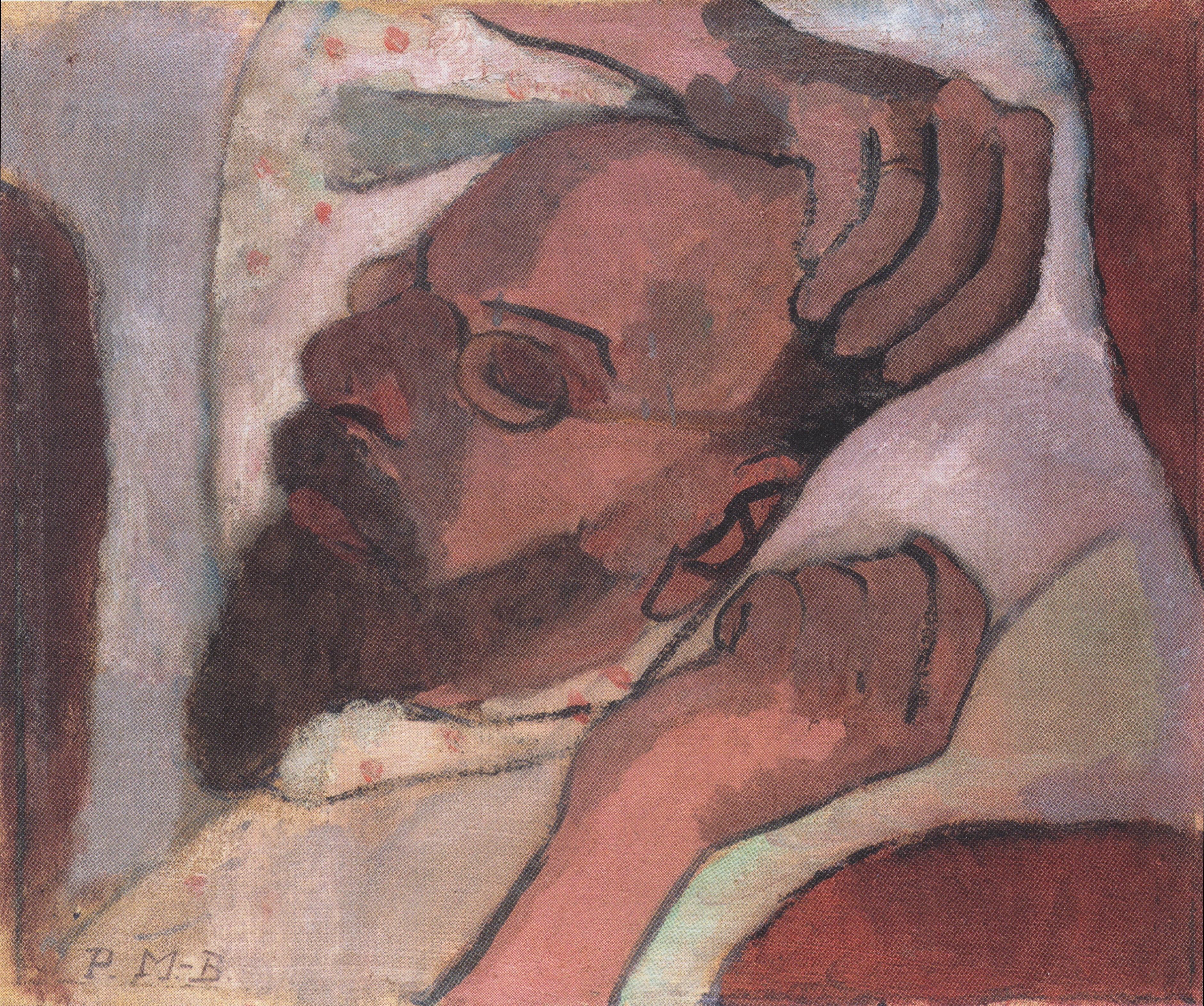
Friedrich Wilhelm Otto Modersohn was a German painter of the late 19th and first half of the 20th centuries. He is known as a landscape painter, a representative of the Barbizon School.
Otto Modersohn produced Barbizonian-style landscapes early in his career, but from about 1890 his style became more expressionist, with an emphasis on his choice of colors. The death of his second wife influenced his style: the colors became darker and the images more stark. Modersohn was one of the founders of the Worpswede artists' colony. A large collection of his works is kept in the Modersohn Museum in Fischerhude, and a street in Berlin is also named after him.


Friedrich Wilhelm Otto Modersohn was a German painter of the late 19th and first half of the 20th centuries. He is known as a landscape painter, a representative of the Barbizon School.
Otto Modersohn produced Barbizonian-style landscapes early in his career, but from about 1890 his style became more expressionist, with an emphasis on his choice of colors. The death of his second wife influenced his style: the colors became darker and the images more stark. Modersohn was one of the founders of the Worpswede artists' colony. A large collection of his works is kept in the Modersohn Museum in Fischerhude, and a street in Berlin is also named after him.
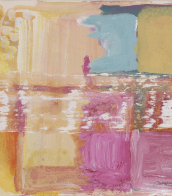
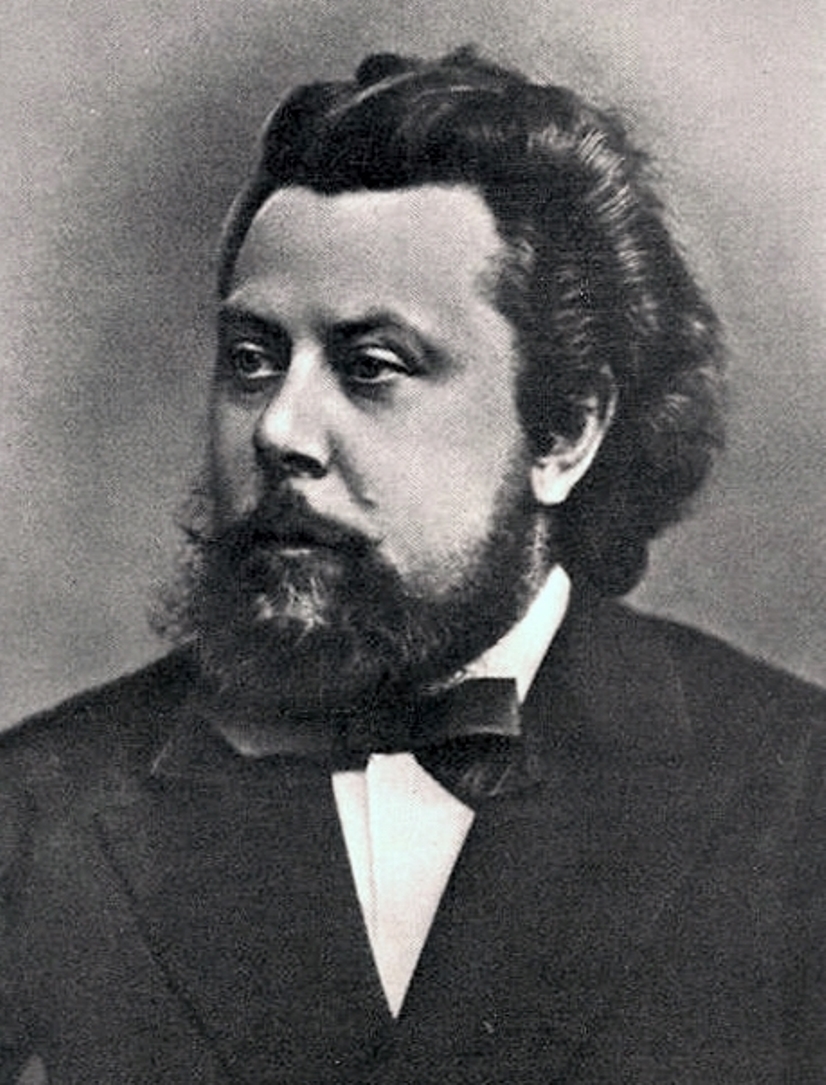
Modest Petrovich Musorgskii (russian: Модест Петрович Мусоргский) was a Russian composer and pianist.
Born into an old Russian noble family, Modest was trained on the piano from an early age, then served as an officer in the Life Guards of the Preobrazhensky Regiment. In 1856-57 Mussorgsky became acquainted with the composer Alexander Borodin, and later with Alexander Dargomyzhsky, Cesar Cui, Mili Balakirev and the music critic Vladimir Stasov. Together they formed a friendly community that became known as the Mighty Handful.
In 1858, Musorgskii left military service and took up only music. Later, however, for the sake of earning money, he was forced to enter the civil service and work in various official positions. In music he tried for a long time to find his own style, experimented a lot, took on different genres. He composed piano and orchestral works, many satirical romances, vocal pictures and songs with vivid characters. Musorgskii's symphonic work Intermezzo (1861) and fantasy Night on Bald Mountain, the cycle of pieces Pictures at an Exhibition, written for piano in 1874 as musical illustrations to Victor Hartmann's watercolors, and the vocal cycle Children's, which included seven pieces, are widely known and often performed.
Musorgskii gradually became popular in Russia and abroad. The pinnacle of Musorgskii's work in the 1860s was his opera Boris Godunov, based on Alexander Pushkin's drama, staged at the Mariinsky Theater in St. Petersburg in 1874. In 1872 he almost completed his last opera, Khovanshchina; Sorochinskaya Yarmarka and several other operas remained unfinished.
After Musorgskii's death, his friend the composer Rimsky-Korsakov decided to put all his works in order and publish them. He made many changes to the melodic and harmonic order of the compositions completed by the author, including Boris Godunov.
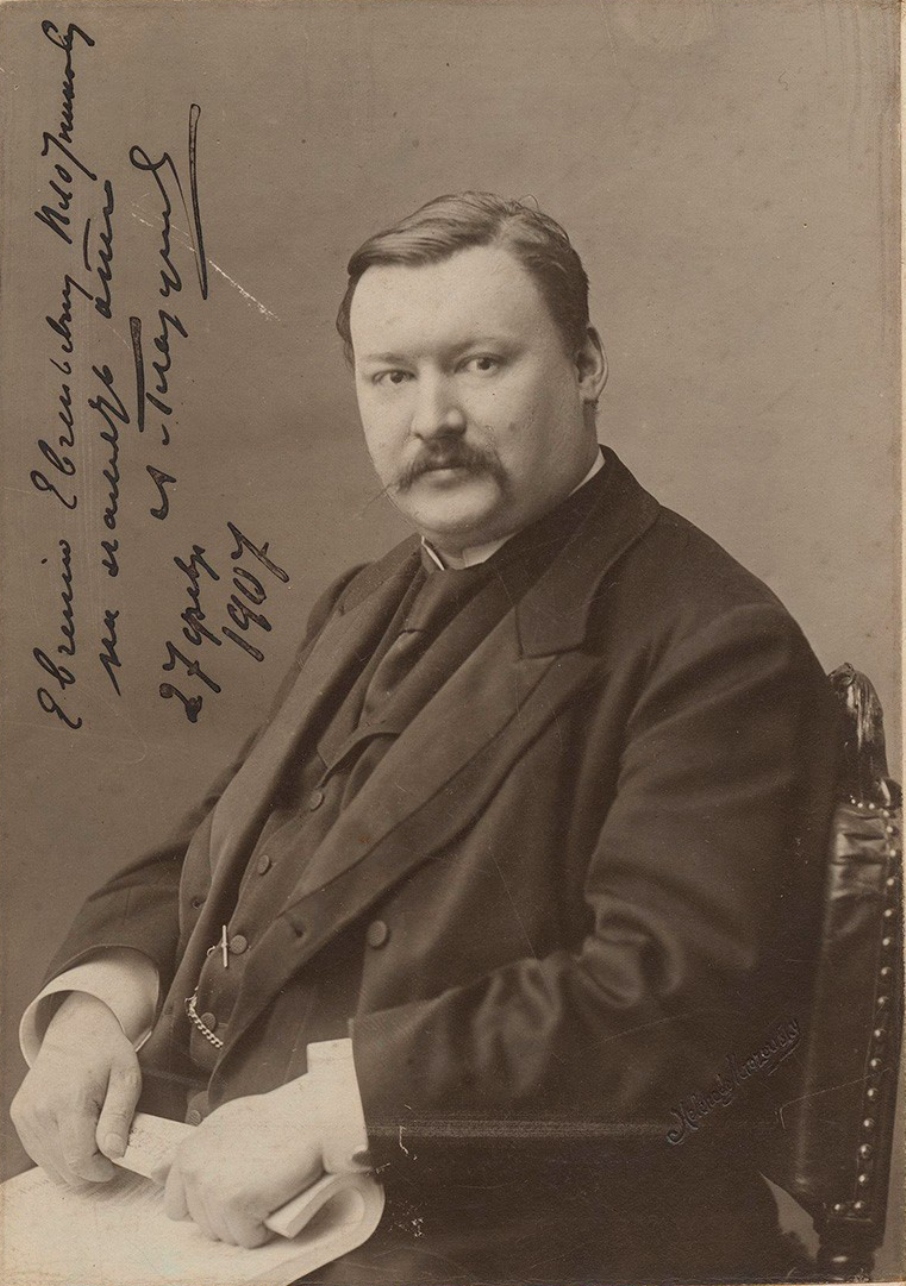
Aleksandr Konstantinovich Glazunov (russian: Александр Константинович Глазунов) was a Russian late Romantic composer, conductor and teacher.
Glazunov belonged to a well-known dynasty of book publishers in St. Petersburg and showed musical ability early on. He studied music with Balakirev and Rimsky-Korsakov, wrote his first symphony at the age of sixteen, and was noticed by the patron of the arts Mitrofan Belyaev, who became his admirer and benefactor. Thanks to him, the young Glazunov traveled all over Europe and was introduced in Weimar to Franz Liszt, who promoted the performance of his First Symphony at the congress of the General German Musical Union.
After the death of composer Borodin, Glazunov helped Rimsky-Korsakov finish his opera Prince Igor, and in the late 1890s he was already collaborating with the Imperial Theaters and writing three ballets. In 1899 Glazunov was appointed professor at the St. Petersburg Conservatory, and from the end of 1905 he became its director, retaining this post even after the October Revolution of 1917. Glazunov's personality is characterized by the fact that he spent his director's salary on helping poor students. And in general, during the hungry years of post-revolutionary devastation, he supported students, even if he did not share their musical beliefs - among them the greats Sergei Prokofiev and Dmitri Shostakovich.
In 1922, Aleksandr Glazunov was named People's Artist of the young Soviet republic. In 1928 he traveled to Vienna to take part in the jury of the Schubert Centenary Composition Competition and never returned to the USSR. However, even while living in Europe, he retained his Soviet citizenship. Officially, Glazunov's stay in Paris was explained by his serious state of health and the need for medical treatment. Already in 1972 Glazunov's ashes were transported to the USSR and reburied in the Alexander Nevsky Lavra.
In addition to ballets, Aleksandr Glazunov wrote eight symphonies (the ninth remained unfinished), seven string quartets and a great deal of orchestral music. He wrote mainly for piano and organ, and at the end of his life he composed works for saxophone - a solo concerto and a quartet for saxophones. Glazunov's most popular works today are his ballets The Seasons (1898) and Raymonda (1897), his Fourth, Fifth and Sixth Symphonies, the Polonaise from Les Sylphides, and his two concert waltzes.

Nikolai Andreevich Rimskii-Korsakov (russian: Николай Андреевич Римский-Корсаков) was a Russian composer, teacher and conductor, music critic, and member of the Mighty Handful.
Originally from an old noble family, Rimskii-Korsakov studied piano from the age of six and by the age of nine was already trying to compose music. After graduating from the St. Petersburg Naval School, in 1862-1865 he was on a round-the-world voyage, during which he was made an officer. He participated in an expedition to the shores of North America, visited Great Britain, Spain, Norway. In 1873-1884 he worked as an inspector of military bands of the fleet.
During his studies at the school and during the expedition Nikolai Rimskii-Korsakov continued to study music. His acquaintance in 1861 with the composer Miliy Balakirev and his circle "The Mighty Handful", which included composers Caesar Cui, Modest Mussorgsky and Alexander Borodin, became the impetus for his work. Rimskii-Korsakov 's aesthetic views and worldview were formed under the influence of the "Mighty Handful" and its ideologist V. Stasov.
Nikolai Rimskii-Korsakov was very prolific, and almost all of his works are based on folk and classical Russian literature and melodies. He composed 15 operas, including The Pskovite Girl (1872), May Night (1879), The Snow Maiden (1881), Sadko (1896), The Tsar's Bride (1898), The Tale of Tsar Saltan (1900), Kashchey the Immortal (1902), The Tale of the Invisible City of Kitezh..." (1904), The Golden Cockerel (1907). Fragments from some operas have become the most performed in the world, among them "The Song of the Indian Guest" from "Sadko" and "The Flight of the Bumblebee" from "Saltan".
The composer's works also include three symphonies (the first of which he completed while sailing around the world), symphonic works, instrumental concertos, cantatas, chamber instrumental, vocal and sacred music. In 1886-1890 Rimskii-Korsakov conducted the "Russian Symphonic Concertos" in St. Petersburg, and in 1898 - in Moscow, at the same time he was also engaged in teaching. In 1871 he became a professor at the St. Petersburg Conservatory, where he taught classes in practical composition, instrumentation and orchestration.
As a teacher, Rimskii-Korsakov trained over 200 composers and musicians, including Alexander Glazunov, Mikhail Gnesin, Alexander Grechaninov, Anatoly Lyadov, Sergei Prokofiev, and Igor Stravinsky. He also published several textbooks on harmony and orchestration. Rimskii-Korsakov's work had a great influence on the development of Russian classical and foreign music.
